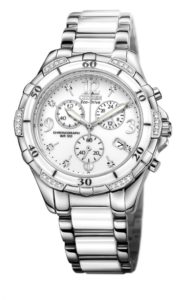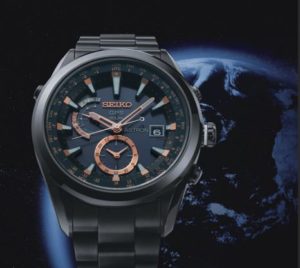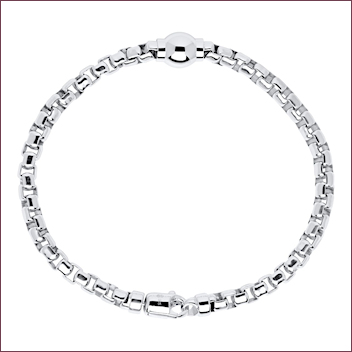Time Tested
 Perhaps the biggest challenge to watches in the last decade has been that their very reason for being is no longer necessary, our smart phones tell time. Yet despite a nearly 5 percent dip in sales from 2001-2005, followed by the recession, the watch industry bounced back strong with the WorldWatchReport™ citing record sales and earnings in 2011 and 2012. The global watch industry is expected to generate over $60 billion in sales in 2013, according to analysts.
Perhaps the biggest challenge to watches in the last decade has been that their very reason for being is no longer necessary, our smart phones tell time. Yet despite a nearly 5 percent dip in sales from 2001-2005, followed by the recession, the watch industry bounced back strong with the WorldWatchReport™ citing record sales and earnings in 2011 and 2012. The global watch industry is expected to generate over $60 billion in sales in 2013, according to analysts.
Championing its relevance, watches have transcended their basic function of time telling to become image-makers, status symbols and must-have fashion accessories. Jewelry stylist-to-the-stars and TV style host Michael O’Connor hails watches’ value as a personal expression of style and taste the most important trend moving forward.
“In the Apple age of personalized smart technology watches are vying for attention as another form of self  expression,” says O’Connor. “Watches historically have been perceived as utilitarian, but we don’t really need them to tell time anymore. Designer companies were the first to catch on to this and create want for watches beyond their basic purpose—like removable straps in different colors and interesting mixes of materials. Moreover, watches express status and sophistication, be it in the bling of diamonds and gold or in complications and unusual functions.”
expression,” says O’Connor. “Watches historically have been perceived as utilitarian, but we don’t really need them to tell time anymore. Designer companies were the first to catch on to this and create want for watches beyond their basic purpose—like removable straps in different colors and interesting mixes of materials. Moreover, watches express status and sophistication, be it in the bling of diamonds and gold or in complications and unusual functions.”
Fashion is having a big influence in the watch category, especially among younger consumers who own more watches than any other age group today, despite their smart devices, tells Tricia Norton, Global Chief Marketing Officer for Bulova. “There’s a definite connection to the content younger consumers are consuming in fashion, style, music, and celebrity that is influencing purchase decisions. For women especially watches have become a must-have accessory.”
 Demand is growing for better styled, higher quality timepieces, with the integration of alternative materials such as ceramic, wood, mother-of pearl, leather, steel, and gold, reports Alan Grunwald, president of the private label watch company, Belair Time Corp. “Many jewelers are opting for proprietary custom designs to create a unique look that individualizes their collection.”
Demand is growing for better styled, higher quality timepieces, with the integration of alternative materials such as ceramic, wood, mother-of pearl, leather, steel, and gold, reports Alan Grunwald, president of the private label watch company, Belair Time Corp. “Many jewelers are opting for proprietary custom designs to create a unique look that individualizes their collection.”
In part, Grunwald attributes the trend for fashion in watches to the high cost of precious metals and diamonds. “High quality watches have become a more affordable gift option. If you walk into a retail store with $300 or $400 to spend on a diamond and gold item you wouldn’t find as substantial a piece as a nice watch for the money.”
Next to fashion forwardness innovation is a key purchase driver. Brands like Seiko and Citizen Watch look to excite  collectors with new technology. Seiko’s latest Astron model is the world’s first GPS solar watch that also adjusts automatically to the correct local time. While Citizen just launched its EYES model, the world’s first watch design featuring ceramic three-dimensional dial, with the brand’s Eco-Drive technology that powers the watch using any light source.
collectors with new technology. Seiko’s latest Astron model is the world’s first GPS solar watch that also adjusts automatically to the correct local time. While Citizen just launched its EYES model, the world’s first watch design featuring ceramic three-dimensional dial, with the brand’s Eco-Drive technology that powers the watch using any light source.
So, while some insiders may cringe over the latest buzz that Apple is releasing an iWatch, Grunwald believes time is on the side of the watch industry. He reminds us that when digital watches first came out the talk was the demise of analog, yet both are alive and well today. The value proposition for watches is in genuine design and innovation, as well as the personal expression and sentiment they carry, which will surely outlast that cell phone!







